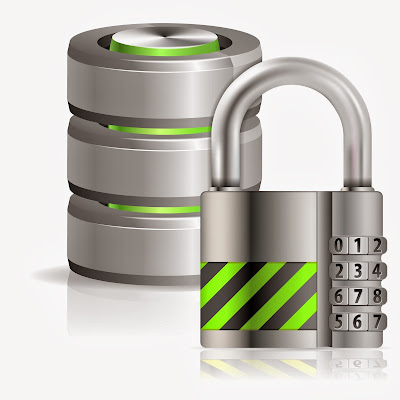With
the ever increasing growth of technology the mobile devices are today becoming
an essential asset of the workplaces. They have almost become synonyms to the
coffee vending machines in the offices. This also calls for a swift and much
reliable wireless network as well. But setting up one is not as simple as it
sounds. In fact for the first timers, putting together a robust Wi-Fi network
that is capable enough to support your business can turn out to be a pretty
daunting task.
Mentioned
below are common pitfalls which you can certainly avoid while setting up your office
wireless network.
Suitable Placement of
Wi-Fi access points
The
physical setting of your Wi-Fi access point plays a very crucial role. Perhaps
the simplest way to locate the possible location of your Wi-Fi access is to
visualize the wireless signals emerging from the access points in a straight
line. Avoid the parts of your office that are blocked by three or more
obstructions to avoid experiencing weak or non-existent office network signals.
Do
not commit the mistake of relying solely on one access point for your office
IT setup, regardless of the network load. The ubiquity of tablets, laptops
and above all the smart phones in the workplace highlights the probability of
having dozens of wireless devices connected even with 10-12 employees.
Therefore installing multiple access points certainly minimizes the risk of
productivity killing bottlenecks.
Overloading the Wireless
Router
Though
it’s perfect to start off your network with entry level wireless routers, but
as the office IT setup grows variety of consumer grade routers get
overloaded because of addition of high-throughput appliances such as NAS or the
IP cameras. Therefore setting up of a standalone network switch and a wireless
access point can offer you the solution.
Do Not Get Drifted with
the Speeds shown on the Box
There
is a guaranteed scope of getting overwhelmed by the 350Mbps and 400Mbps speeds promised
by 802.11n wireless routers for your office network setup. But you need
to remember that these are all theoretical readings which do not really stand accountable
in the actual conditions.
It
is very important for you to change the default channel on your device when you
set it up. It’s pretty much easy as there are only three non-overlapping
channels namely one, six and eleven. Certain Wi-Fi access channels offer the
information about the channels they are currently using plus they also display the
signal strengths of each. These routers offer significant help for altering such
settings.
Ignoring the 5GHz Band
You need to ensure that
your 5GHz radio is enabled in case your router is offering simultaneous dual
band. This allows offloading of laptops supporting 5GHz by freezing up the
2.4GHz band for the other devices including tablets and smart phones.


.jpg)




